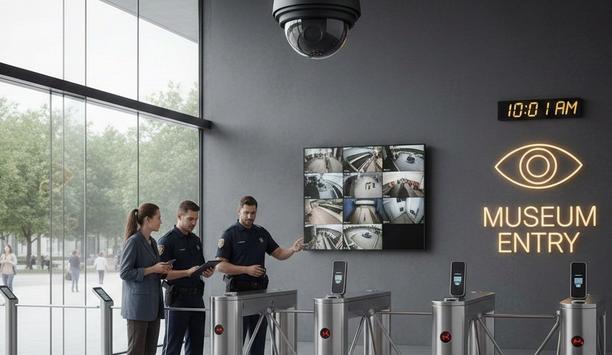Check Out Our Special Report On Casino Security
Are Mergers And Acquisitions Good Or Bad For The Security Industry?
- Mergers drive consolidation in the security and video surveillance market, impacting all stakeholders.
- Expert Panel evaluates M&A effects on security industry, questioning net positive or negative impact.
- M&A activity influences companies, customers, and overall security market dynamics significantly.
Editor Introduction
Consolidation is a reality in the security and video surveillance market. In the last several years, we have seen a variety of mergers and acquisitions (M&As) involving scores of companies of all sizes. But what is the impact of M&A activity on the companies involved, on their customers, and on the industry as a whole? We posed this question to our Expert Panel Roundtable: Do mergers and acquisitions have a net positive or net negative impact on the security market (and why)?
From the point of view of the end user, we believe mergers and acquisitions have a negative impact. Due to mergers and acquisitions, sometimes investments in older systems or solutions stop and customers’ systems become outdated – or sometimes support is not even provided anymore. Moreover, we see many companies investing money by taking over other companies and through that, expanding their product portfolio. We believe that it would be more valuable when companies invest in innovation so we can continually offer up-to-date or new products to our customers.
On the ‘pro’ side, consolidation is good for pulling together a fractured market, as vendors try to gain market share by acquiring solutions they may not otherwise have in their portfolio. On the ‘con’ side, however, consolidation restricts or limits innovation as the merged vendors strive to develop end-to-end solutions that reduce customer choices. The solution for this dichotomy is to have companies working together as an open community of partnerships which enables, shares, and expands innovation to new areas.
Today’s technology industry is highly fragmented, and acquisitions make a lot of sense as companies look to attain scale, market share or enhance their product offerings. For an access control provider, a particular product category that is probably the most fragmented, consolidation of the installed base or adding complementary technologies can create a positive impact in today’s competitive marketplace. In my opinion, the best companies are ones that grow both organically and inorganically, combining internal product development with opportunities to expand through acquisitions. This approach also capitalizes on existing customer and partner relationships due to greater diversity in technologies and services, which drive long-term partnerships.
I believe they can have both/either of the above, depending on the merger itself! The good part is that when newer innovative companies are being absorbed by the established industry, we can see how new technology really can get a boost. The danger is that established companies tend to maintain what they have and aren’t always that open to promoting change.
There are many examples when a merger or acquisition has clearly had a negative impact on the company being acquired. Successful entrepreneurial companies are often targeted for acquisition, but after the acquisition, the spirit of entrepreneurship that made them an attractive target may be lost. You hear stories about why that happened -- the original leaders departed, the new owners stopped investing, etc. In other situations, companies previously limited by cashflow problems or lack of good management can thrive under new ownership. But, all in all, most of us have seen more neutral-to-negative impacts of a company being acquired than truly positive results.
Editor Summary
It’s not always easy to gauge the effect of a merger or acquisition on the companies involved, positive or negative. Sometimes the impact takes months or years to play out. Results are impossible to predict, and vary widely. Obviously, it’s difficult to make generalisations, and likely the results of some M&A events have been more positive than others. In terms of impact on the industry as a whole, we can at least say that M&A activity certainly keeps things interesting for industry observers.
- Related companies
- Vanderbilt Industries
- Milestone Systems
- Nedap Security Management
- ONVIF
- Related categories
- Surveillance cameras
- Access control systems & kits
- View all news from
- Vanderbilt Industries
- Milestone Systems
- Nedap Security Management
- ONVIF
Expert commentary
Security beat
The Key To Unlocking K12 School Safety Grants
DownloadHoneywell GARD USB Threat Report 2024
DownloadPhysical Access Control
DownloadThe 2024 State Of Physical Access Trend Report
DownloadThe Security Challenges Of Data Centers
DownloadKentixONE – IoT Access And Monitoring For Data Centers
Climax Technology HSGW-Gen3 Modular Smart Security Gateway
Delta Scientific DSC50 ‘S’ Barrier: Portable, Crash-Rated Vehicle Mitigation Solution
























